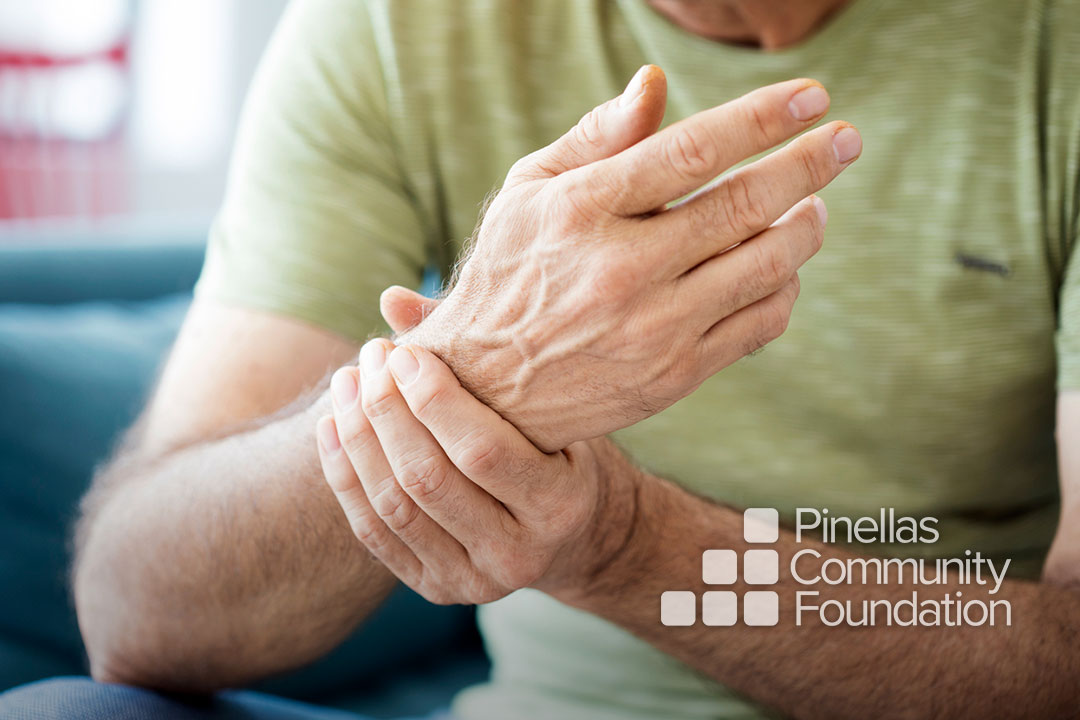Quality of life and pain management go hand in hand. For many, that management is out of reach because they have not recognized that their pain is cause for concern.
Many older adults enjoying ACT II of their lives experience chronic pain. For some, pain is an everyday problem that often goes untreated or undertreated. Unfortunately, the consequences of undertreating or ignoring pain can include depression, lack of sleep, immobility, social isolation and more.
There are a number of ways to manage pain once it is recognized in older adults. Pain medication is a common treatment option, though doctors are often reluctant to overprescribe opioid medications. Other paths include physical therapy, active lifestyle, osteopathic manipulative treatment, spiritual intervention and cognitive behavioral therapy.
Of course, none of these treatment options matter if the pain is not identified. Understanding and recognizing pain in older adults is a vital first step.
Pain Awareness – Speak Up
The best measure of pain is self-reporting. Unfortunately, pain among older adults often goes unreported because it is viewed as part of the normal aging process. Therefore, it is important for the family members, physicians and caretakers of older adults to regularly ask questions and get direct input.
Whether you are concerned about your own pain or that of someone else, it is important to ask questions. Try to determine levels of pain and experiences with pain, as well as changes in behavior. Alterations in walking gait, mobility or social interactions may be indications of increased pain.
Open and direct communication is the best policy to treat chronic pain.
Pain Medication – Consult Your Physician
Medication can be extremely helpful for pain management, but it is important to be cautious. There are many potential issues that could come from taking prescription pain medications, including side effects, dangerous interactions, increased sensitivity for older adults and even addiction.
Opioids and other medications affect every person differently, and each person’s situation is unique, so approach the use of these drugs with caution. Older adults may need to work with their doctors to find the correct medication and dosage for their particular circumstances.
Physical Therapy – Treat the Problem, Not the Symptom
Even with the use of pain medication, some people find it helpful to engage in alternative therapies for pain relief. Physical therapy offers increased flexibility and pain management.
Regular physical activity can reduce pain and increase mobility and functionality in older adults. Normal, independent exercise can lead to markedly improved results, though the assistance of a physical therapist can also be helpful. A trained therapist can recommend certain exercises and therapies that best suit the individual’s needs.
Start Your Pain Management
Recognizing pain is the first and most important step in pain management. For older adults in Pinellas County, chronic pain is a problem that should not go unreported or untreated. If you are feeling pain, it’s OK to ask for help and explore your treatment options. So, please talk to your doctors or family members about any pain you are experiencing. There’s no need to suffer in silence.
